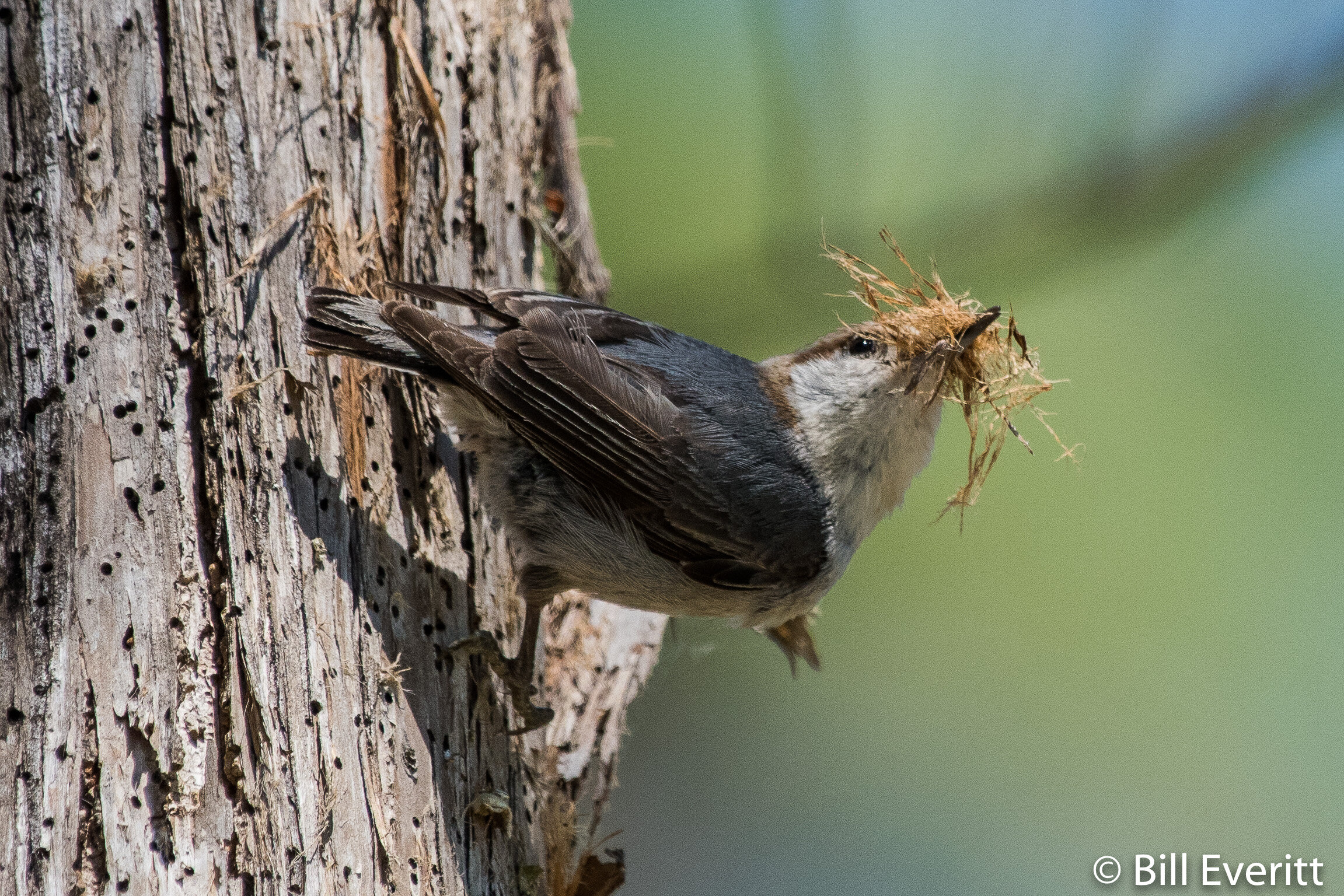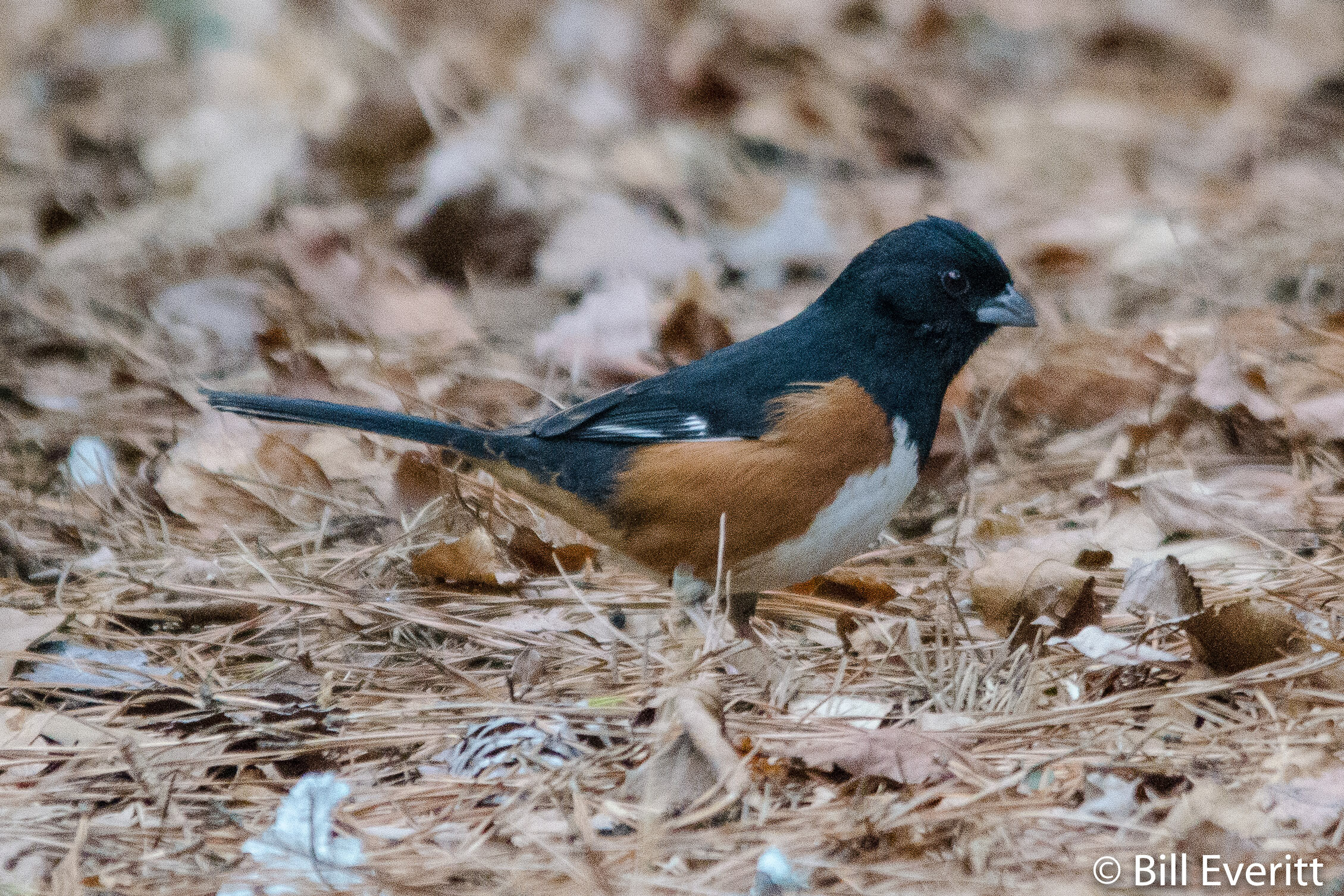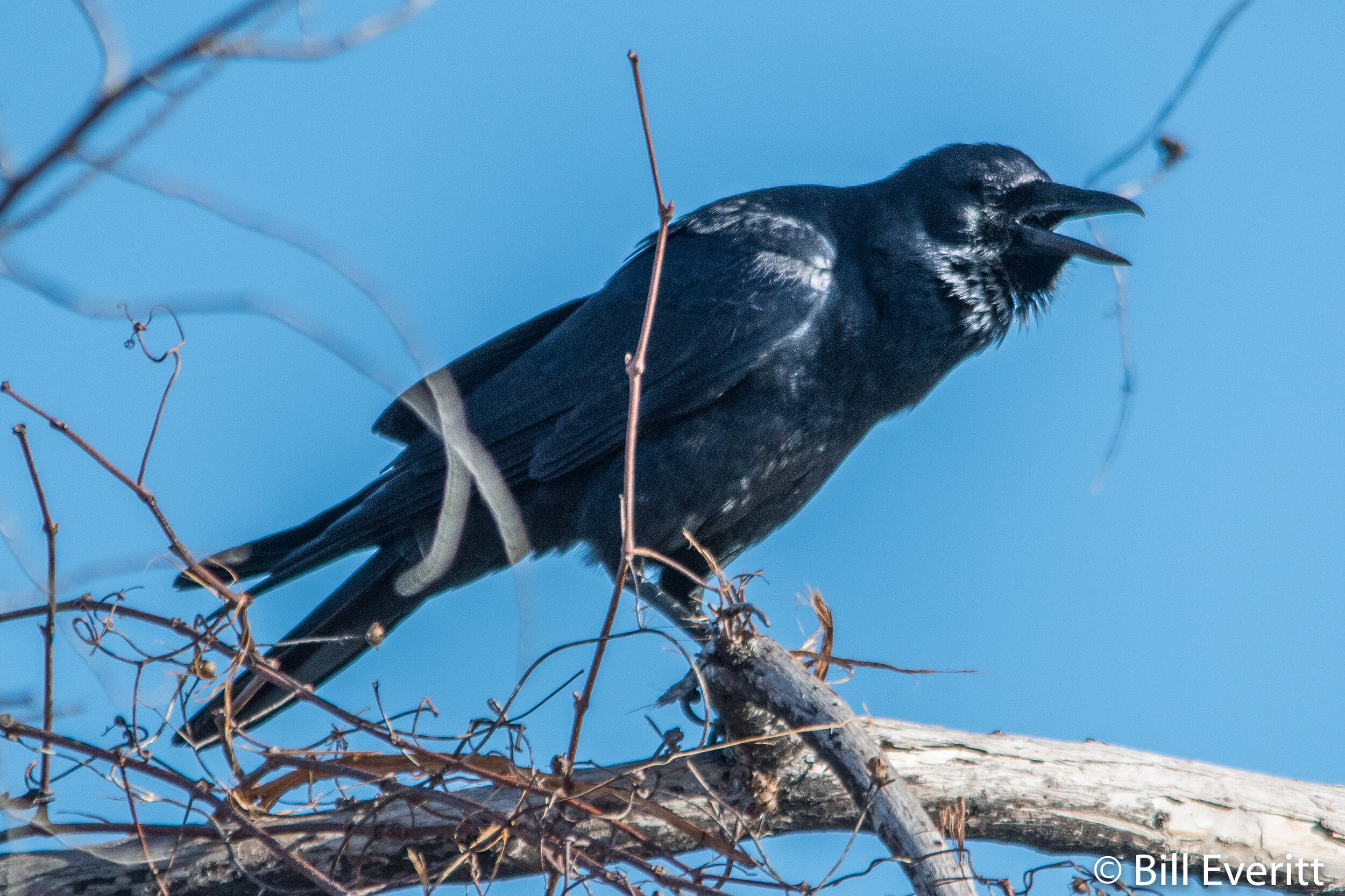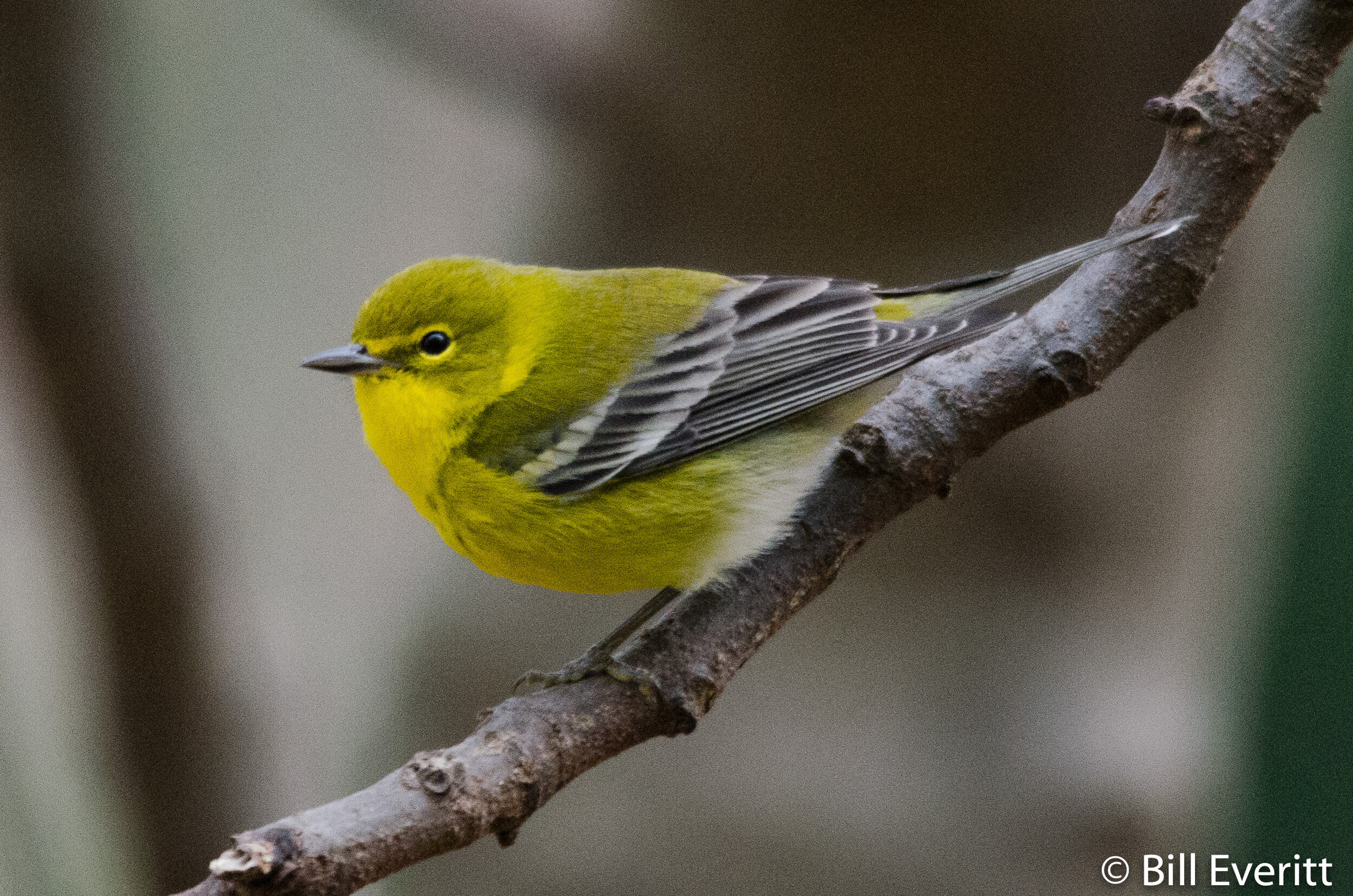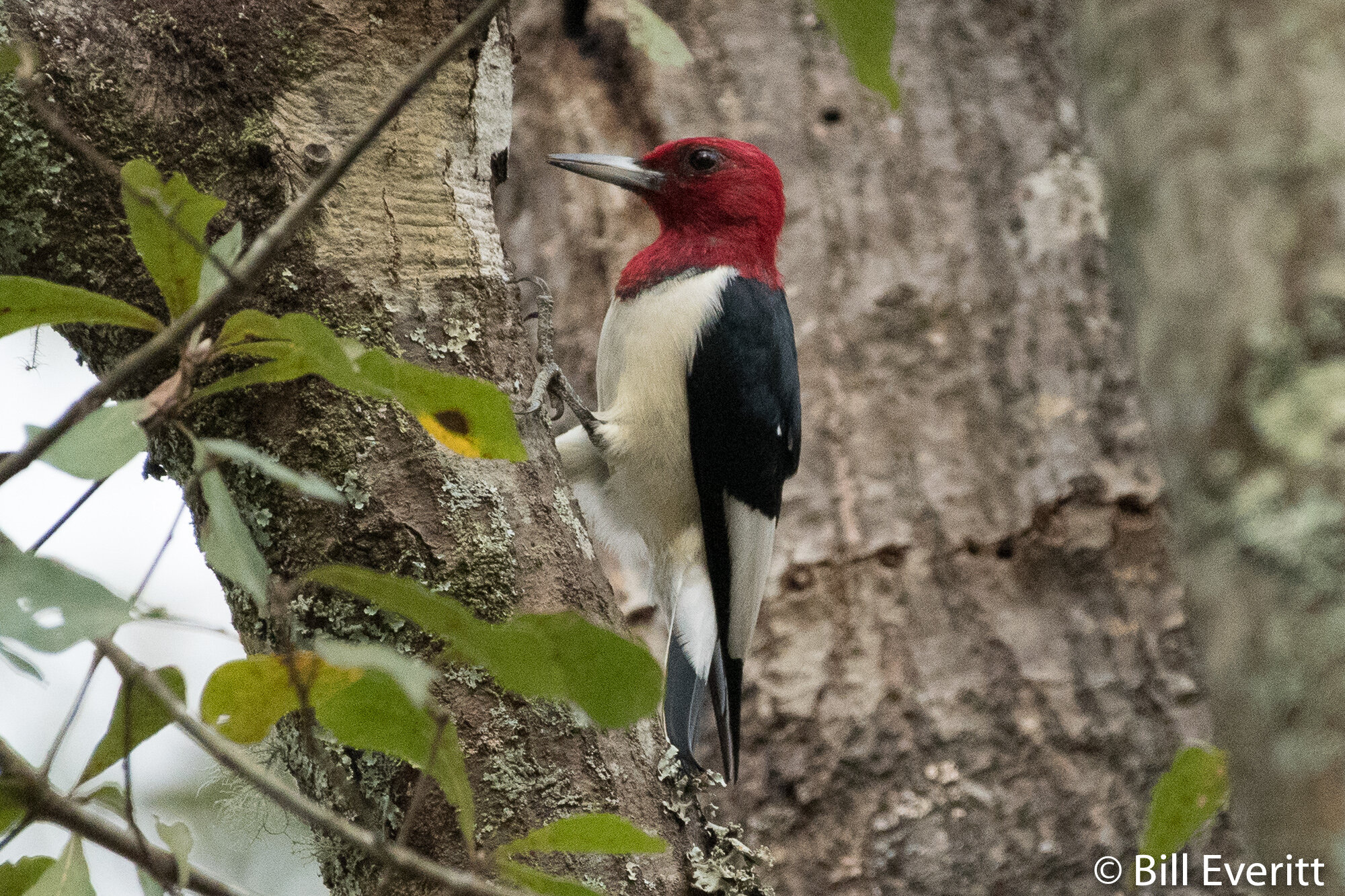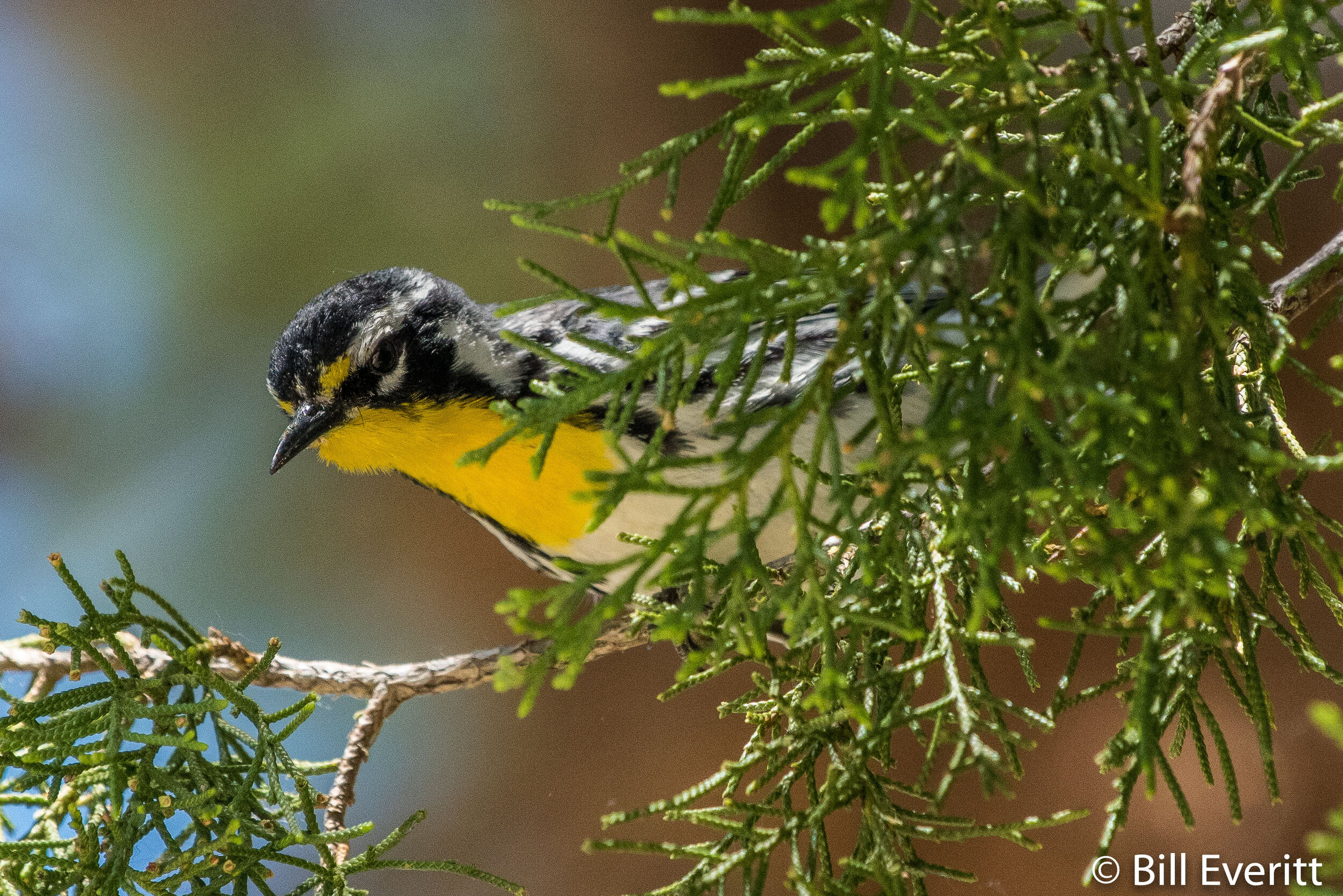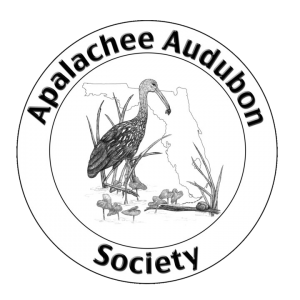A white peacock butterfly on a native frostweed flower. (Photo: David Moynahan/ Florida Fish and Wildlife Conservation Commission.)
By: Kathryn Ziewitz (Executive Director of the FAMU’S Sustainability Institute) She can be reached at kathryn.ziewitz@famu.edu. This is a “Greening Our Community” article, an initiative of Sustainable Tallahassee. Learn more at www.SustainableTallahassee.org.
Are you looking for good news about the environment?
You need look no further than your yard. Read on to get a sneak preview of the lecture to be presented by best-selling author Dr. Douglas Tallamy, “The Insect-Native Plant Connection: How You Can Sustain Wildlife with Native Plants.” The talk will be March 19, at the Florida Blue Auditorium on the FAMU campus. Mark your calendar!
So, what’s the big deal about native plants? Many of us know that choosing native plants helps our environment. Adapted to our locale, native plants often require less water, fertilizer, and general babying than exotics that may have originated continents away.
However, there’s way more to the story. It’s the bugs that these plants co-evolved with which are absolutely critical. Without the ecological foundation of native plants to supply food for native insects, the food web that evolved over the eons to support the full range of native wildlife is compromised.Birds like this red-headed woodpecker, now uncommon and local in many regions, depend on vast quantities of insects to survive. (Photo: David Moynahan/Florida Fish and Wildlife Conservation Commission.)
It turns out that insects and spiders that inconspicuously make their living on our plants are the mainstay food source for almost all birds, as well as other wildlife, from frogs and turtles to bats. A tiny hummingbird alone may consume as many as 2,000 insects a day. Without these unsung arthropod heroes we run the risk of species going from plentiful to rare, or worse, dying out in plain sight in our localities and under our watch.
Azaleas, crape myrtles, and other non-native plants might be pretty, but their foliage doesn’t do much to feed our native insects, meaning that they pass along little to no energy up the food web to support hungry wildlife.
Whereas the oak family supports up to 517 species of Lepidoptera (butterflies and moths), a crape myrtle supports little or no native bugs because it evolved in China with an entirely different set of insects. All the sunlight, water, and care it receives becomes an ecological dead-end – a pretty face that offers little to our wildlife.
If we desire a future where we can watch bluebirds hunting insects, hear the hoots of owls at night and woodpeckers by day, and spy a brightly colored skink burrowing into underbrush, we must deliberately create a habitat that’s more delicious to the native bugs that in turn support almost everything else.Diverse native plantings support biodiversity and create wonder.
(Photo: Florida Fish and Wildlife Conservation Commission.)
We can’t rely solely on conservation lands. For creatures that add color, sound, and joy to our daily lives and that we very likely take for granted, there is a shrinking inventory of habitat “out there.” To a surprising extent, the responsibility for ensuring biodiversity has landed squarely in our own backyards.
We can recreate the habitat that teems with the biodiversity inherent to our region by aggressively planting natives in every category: trees, shrubs, perennials, groundcovers, and vines. What we do in our backyards is directly related to the fate of the next generations of everything — from hummingbirds to owls to butterflies, box turtles, bats, and native bees, katydids, and luna moths.
Arriving at a native landscape happens in steps as time, opportunity, and money permit. Consider starting by creating a buffer of natives around the property line. At the same time, do the hard work of removing invasive non-native plants, such as coral ardesia, that choke out space.
A diversity of native understory plants, including blood root, trillium, and columbine, grace a shady backyard. (Photo: Photo by Kathryn Ziewitz.)
In my average-sized and predominantly shady yard, I’m eradicating camphor, ligustrum, nandina, and wisteria and replacing these with redbuds, service berry, and Chickasaw plum. Goodbye azaleas and ginger, and hello to blueberries, wax myrtle, firebush, beauty berry, Joe Pye weed, and even goldenrod (it actually doesn’t make you sneeze).
In the far reaches of my back yard will be pokeweed and swamp sunflowers. Elsewhere, coontie is replacing liriope and Carolina jessamine instead of Asiatic jasmine. For the butterflies and moths, I’ll plant a slew of purple passion vines and native milkweeds, and maybe a hop tree. These natives are host plants used for larval food and laying eggs, meaning they are essential for rearing the next generation of insects instead of just serving as nectar sources like zinnias or buddleia.
I’m keeping pines that provide thousands of square feet of vertical habitat to support everything from nuthatches and woodpeckers to crickets and zany squirrels. Live oaks, magnolias, sweetgums, and cedars are bastions of biodiversity that should be cherished and grown where space permits.Procuring these natives doesn’t always involve expense. Some plants can be grown from seed or slips shared by friends; others may be close at hand. Lyreleaf sage, spiderwort, and other gems may emerge from lawns that are allowed to become diverse. This year, I received a native service berry for free — including the effort of planting —from the city’s Adopt a Tree program.
So, join me in keeping the magic that is biodiversity. When you get the spring urge to plant, choose plants that keep the magic going.
What: Lecture by best-selling author Dr. Douglas Tallamy When: Thursday, March 19; reception and book signing begin at 6:30 with the lecture at 7:15 p.m. Location: TBA - see event link below for further details.
https://www.apalachee.org/chapter-programs/2020/3/19/the-insectnative-plant-connection-how-you-can-sustain-wildlife-with-native-plants-with-dr-doug-tallamy-author-and-entomology-professor-university-of-delaware




